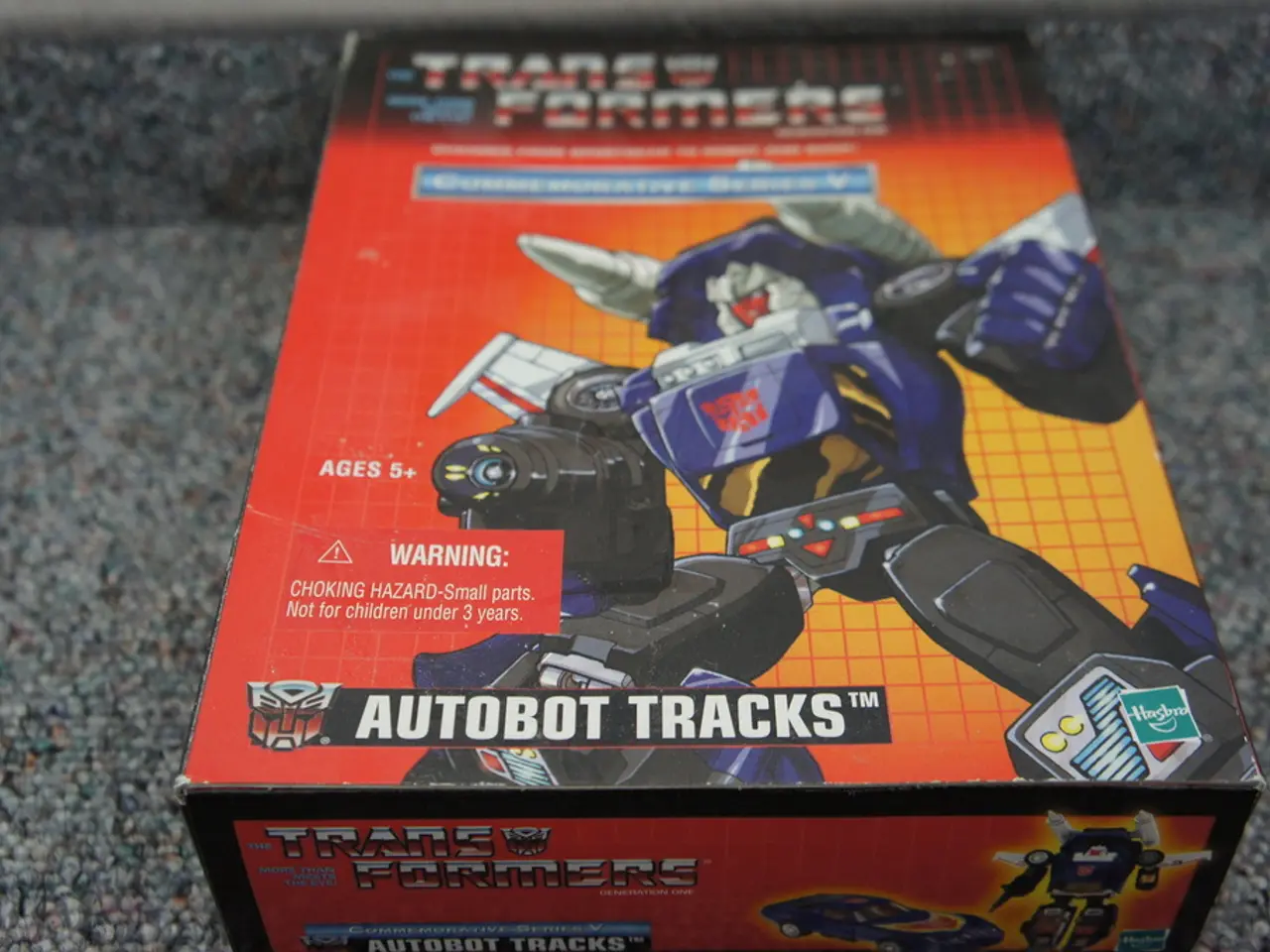Pioneering Technology's Role in Reshaping Tomorrow's Advancements
Hunt technology, a term most commonly associated with proactive cybersecurity measures, is expanding its reach beyond the digital realm. This transformative tool is now being adopted by various industries, offering a proactive approach to data-driven anomaly detection, process optimization, and risk management.
Cybersecurity (Threat Hunting)
In the world of cybersecurity, hunt technology is a mature, proactive discipline. Organizations employ structured, unstructured, and event-driven approaches to uncover advanced threats that bypass traditional defenses. Advances in automation and AI are streamlining investigations, reducing investigation times, and uncovering previously hidden threats.
Healthcare
While AI is increasingly used for predictive analytics, disease detection, and personalized treatment plans, explicit "hunt" technology is most visible in cybersecurity, protecting patient data and critical systems from breaches. The future could see more proactive "hunting" for early signs of outbreaks, adverse drug reactions, or operational inefficiencies, using AI to proactively scan vast datasets for subtle patterns that human analysts might miss.
Agriculture
AI powers precision farming, with automated systems "hunting" for signs of crop stress, pest infestations, or soil degradation by analyzing satellite, drone, and sensor data. As sensor networks and AI models improve, farming could become even more proactive, with systems continuously "hunting" for micro-climates, emerging pests, or optimal harvest times, driving yields and sustainability.
Finance
AI in finance is already "hunting" for fraudulent transactions, unusual market patterns, and credit risks in real time. The integration of more advanced AI could enable financial institutions to "hunt" for complex fraud schemes, insider threats, or systemic risks across global markets with unprecedented speed and accuracy.
Manufacturing
AI-driven predictive maintenance and quality control systems "hunt" for signs of equipment failure or production defects by analyzing sensor data in real time. The next frontier is autonomous "hunting" for supply chain disruptions, energy inefficiencies, or safety risks, using AI to predict and mitigate issues before they impact production.
Retail
Retailers use AI to "hunt" for patterns in customer behavior, inventory anomalies, and fraudulent transactions. AI could enable retailers to proactively "hunt" for emerging consumer trends, supply chain bottlenecks, or in-store operational issues, personalizing the shopping experience and reducing losses from fraud or inefficiency.
The table below provides a comparative view of the current and potential applications of hunt technology across these industries:
| Industry | Current “Hunt” Focus | Potential Advancements | |-------------|-------------------------------------------|-------------------------------------------------| | Healthcare | Cybersecurity, diagnostic anomaly detection| Proactive outbreak/pandemic tracking, personalized care optimization | | Agriculture | Crop/pest/soil anomaly detection | Real-time ecosystem monitoring, autonomous intervention | | Finance | Fraud, market anomaly detection | Complex risk pattern hunting, global systemic risk detection | | Manufacturing| Predictive maintenance, quality control | Autonomous supply chain/energy/safety hunting | | Retail | Fraud, inventory/customer anomaly detection| Trend prediction, operational inefficiency hunting |
Key Trends and Challenges
- AI and Automation: Across all sectors, AI and automation are the backbone of modern "hunt" technologies, enabling real-time, large-scale anomaly detection and proactive response.
- Data Quality and Integration: Effective hunting relies on high-quality, integrated data streams—a challenge in industries with siloed or inconsistent data.
- Skills Gap: As these technologies advance, the demand for skilled analysts and data scientists will grow, particularly in cybersecurity and AI-driven fields.
- Regulatory and Ethical Concerns: Proactive hunting—especially in sensitive areas like healthcare and finance—must balance effectiveness with privacy and ethical considerations.
Conclusion
Hunt technology is a transformative tool, driving operational efficiency and offering new business opportunities across industries. As AI becomes more sophisticated and data more abundant, "hunt" technologies will likely permeate every sector, transforming how organizations anticipate and respond to both threats and opportunities. However, realizing this potential will require continued investment in technology, talent, and data infrastructure, as well as careful navigation of ethical and regulatory landscapes.
Integration with other technologies such as augmented reality, IoT, and blockchain will unlock new possibilities and lead to even greater automation, smarter decision-making, and more efficient operations in sectors like education, transportation, and logistics. The surge in automation and AI-driven solutions indicates that businesses are moving towards this innovative technology, fostering increased innovation and leading to more competitive products, higher customer satisfaction, and a stronger market position.
- In the manufacturing industry, AI-driven predictive maintenance and quality control systems are currently focused on finding signs of equipment failure or production defects. However, the next frontier could involve these systems proactively "hunting" for supply chain disruptions, energy inefficiencies, or safety risks, using AI to predict and mitigate issues before they impact production.
- While AI is already widely used for predictive analytics, disease detection, and personalized treatment plans in healthcare, the future could see more proactive "hunting" for early signs of outbreaks, adverse drug reactions, or operational inefficiencies, using AI to proactively scan vast datasets for subtle patterns that human analysts might miss.
- In finance, AI is currently being used to "hunt" for fraudulent transactions, unusual market patterns, and credit risks in real time. The integration of more advanced AI could enable financial institutions to proactively "hunt" for complex fraud schemes, insider threats, or systemic risks across global markets with unprecedented speed and accuracy.
- Retailers currently use AI to "hunt" for patterns in customer behavior, inventory anomalies, and fraudulent transactions. AI could enable retailers to proactively "hunt" for emerging consumer trends, supply chain bottlenecks, or in-store operational issues, personalizing the shopping experience and reducing losses from fraud or inefficiency.




